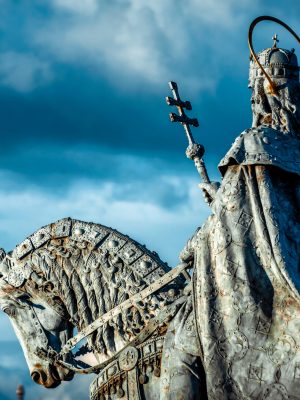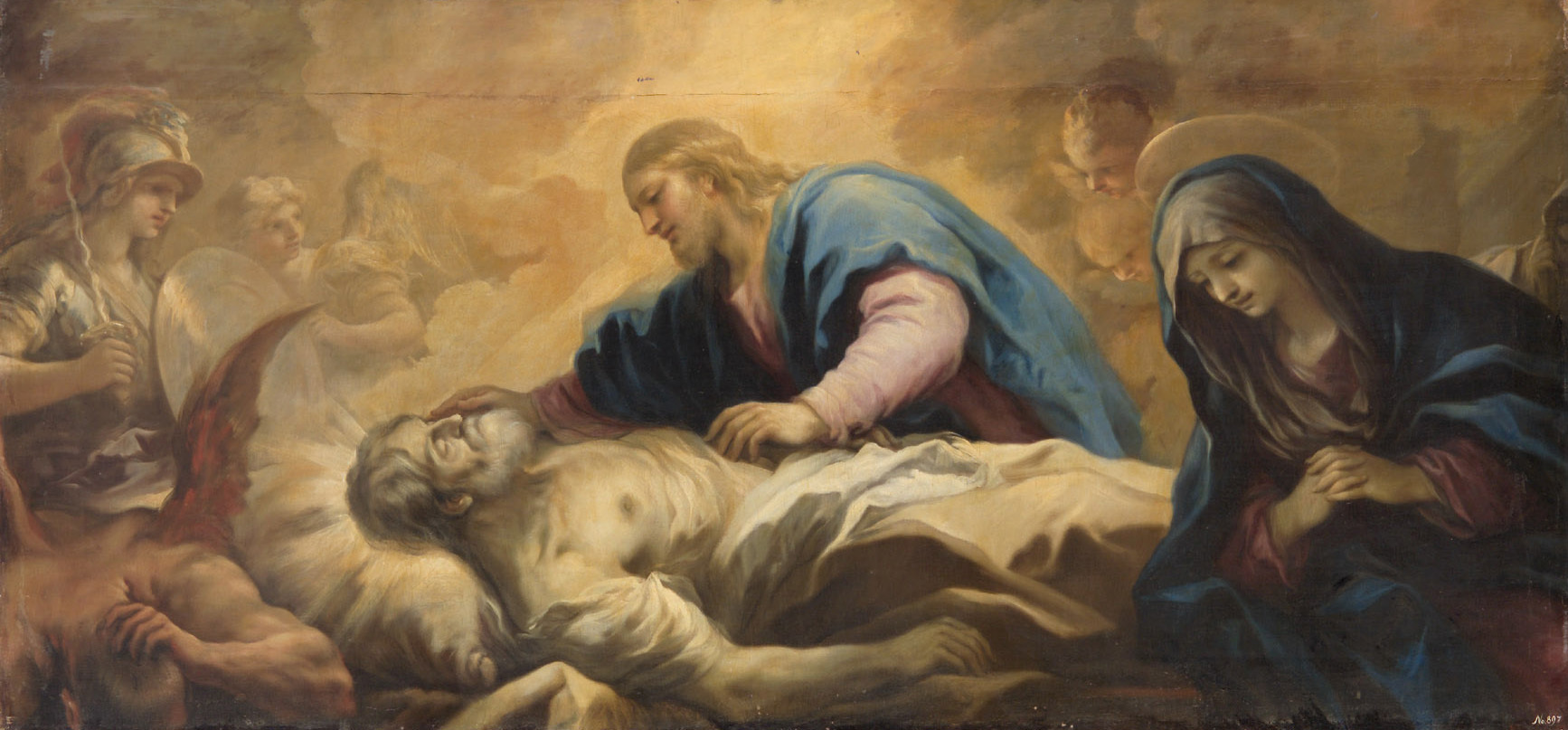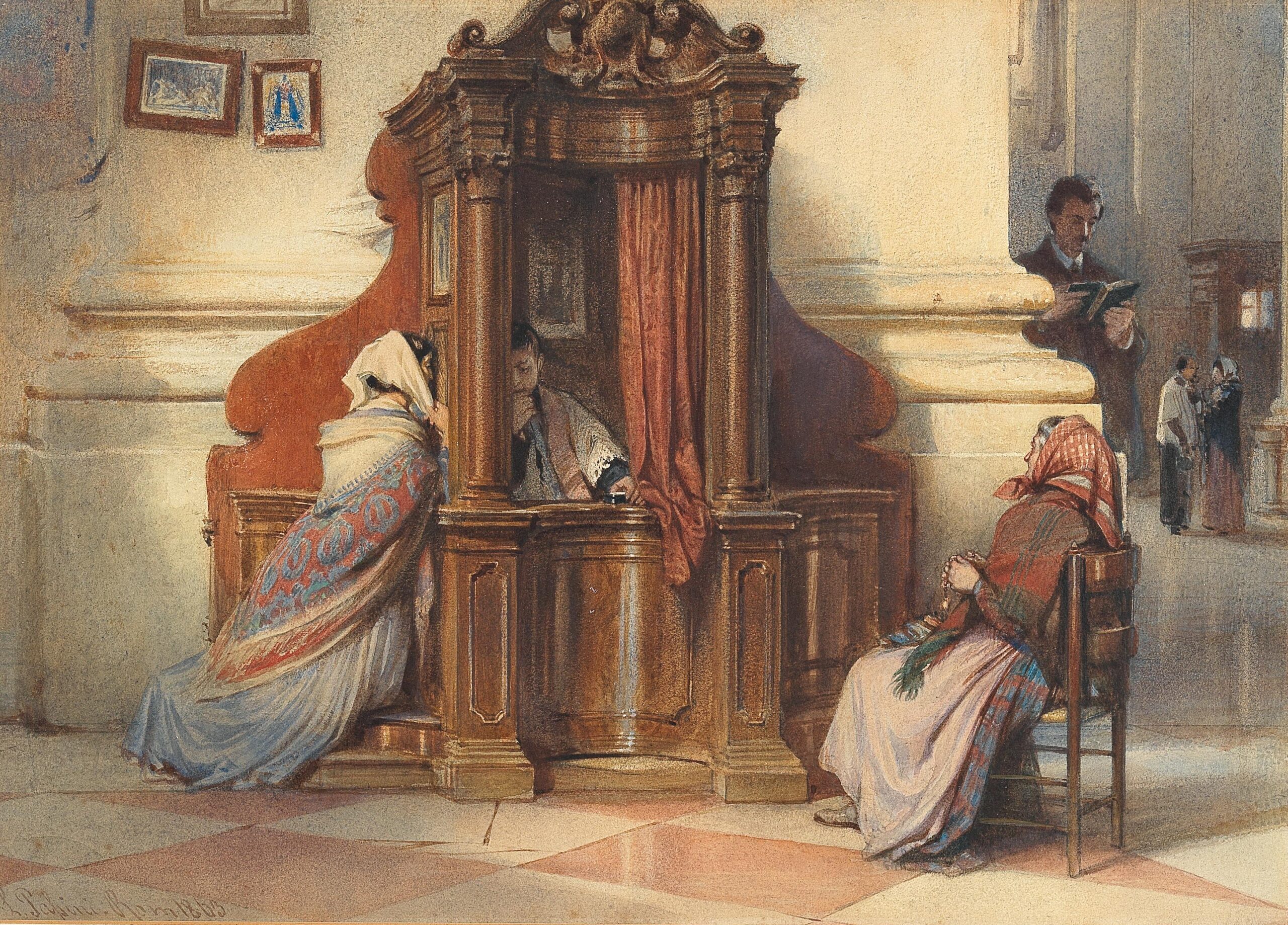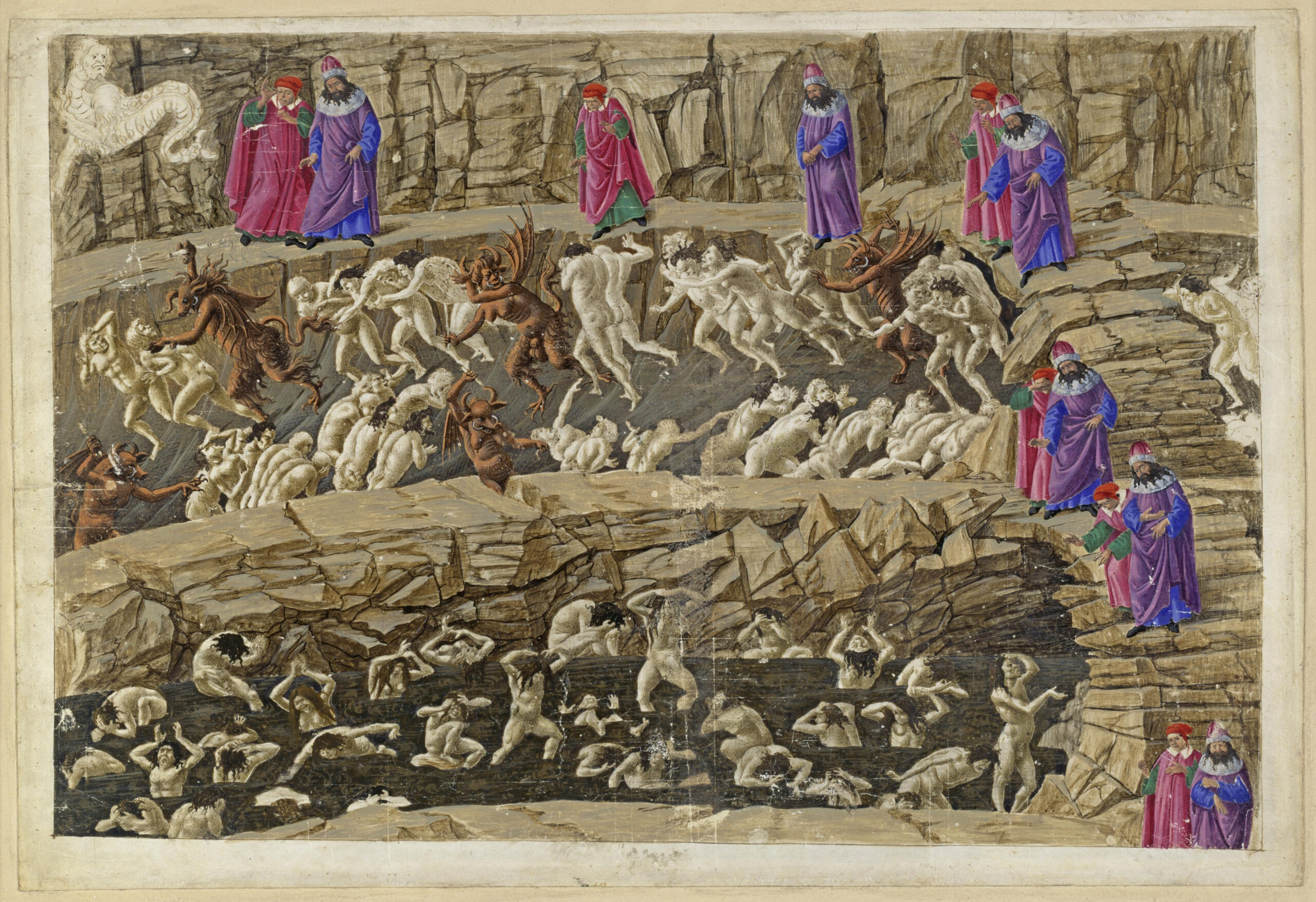Ukrainian President Volodymyr Zelensky spoke with Pope Francis by phone on Friday and thanked him for his prayers. The phone call came the day after the funeral at St. Peter’s Basilica for Cardinal Jozef Tomko, who at age 98 had been the Catholic Church’s oldest living cardinal, and the last of the great Cold War cardinals who had resisted the Kremlin from behind the Iron Curtain in his native Czechoslovakia.
There were many such figures in the last century. I wrote a few months ago about finding inspiration in the lives of the Ukrainian martyrs: individuals like Bishop Vasyl Velychkovsky, Father Severian Baranyk, Cardinal Josyf Slipyj, Blessed Olympia Bida, and more. And then there was the extraordinary case of the legendary Hungarian Cardinal Joszef Mindszenty, who suffered terribly at the hands of communists.
Mindszenty’s case became an international sensation. Fulton Sheen in 1957 devoted an entire “Life is Worth Living” episode to Mindszenty, who he called “The Dry Martyr of Hungary.” “In the twentieth century, there is a new kind of martyrdom,” explained Sheen. In the past, Christians had been martyred by murder; they were killed, soaked and marred with wet blood. “The old martyrs were wet martyrs,” said Sheen. The martyring of Mindszenty, by contrast, was not bloody. He was being slowly killed without being bloodied. The communists excelled, said Sheen, at producing “dry martyrs, who suffer brainwashing and mental torture for their faith.”
Hungarian Cardinal Mindszenty (1892-1975) and his people found inspiration in the great patron of their country: St. Stephen. His feast day is this Tuesday, August 16. They found inspiration not only in him but his crown.
Born circa 975, Stephen was the first King of Hungary from the year 1000 until his death in 1038. He devoted much of his reign to the promotion of the Christian faith, which at that time in Christian history was the Catholic faith. The Christian king countered heresies and pagan religions abounding in his day, further solidifying his reputation as a faithful son of the Church. He was seen as a model Christian king. He would rule for nearly 40 years, with the first diocese that he established being the diocese of Esztergom—the future diocese of one Cardinal Joszef Mindszenty.
Prior to his death in 1038, Stephen is believed to have written a letter, known as The Admonitions, to his successor son, in which he insisted: “My dearest son, if you desire to honor the royal crown, I advise, I counsel, I urge you above all things to maintain the Catholic and Apostolic faith with such diligence and care that you may be an example for all those placed under you by God, and that all the clergy may rightly call you a man of true Christian profession. Failing to do this, you may be sure that you will not be called a Christian or a son of the Church.”
The crown became a central part of Stephen’s legend, and remains to this day one of Hungary’s most revered symbols. The crown was not just a title with political meaning; it was a physical object infused with spiritual meaning.
When Stephen became king on Christmas Day in the year 1000, Pope Sylvester II made him a special crown. The pope was pleased with Stephen’s intention to elevate Hungary to the status of a Christian kingdom. Stephen had requested his crown from the pope, Europe’s spiritual leader, rather than from the Holy Roman Emperor, who was neither holy nor Roman, and who was a political leader rather than spiritual one. The pope had one made.
At the moment of his coronation, Stephen held up the crown and offered it to the Blessed Virgin as a divine contract—a covenant—between her, the wearer of the crown, and the nation and its people. This covenant empowered the crown, it was hoped, with divine protection.
The crown achieved even higher status when Stephen was canonized in 1083, 45 years after his death, by Pope Gregory VII, who himself would one day be canonized. Stephen became the patron saint of Hungary.
Particularly profound, St. Stephen of Hungary’s namesake was the first St. Stephen, the first century Christian martyr and first disciple of Jesus to wear the martyr’s crown. The name Stephen means “crown.”
Stephen’s crown came to have enormous significance during the Cold War as the people of Hungary resisted atheistic Soviet communism. That included their central Church leader, Cardinal Mindszenty. The Soviets and their goons were hellbent on persecuting Mindszenty and cooking up specious charges to throw him in jail. It was yet another sign of their diabolical nature that they chose to find alleged misdeeds in St. Stephen’s crown.
Hungarian kings through the ages had worn the special crown. Their coronation was not considered official or legitimate until they were so crowned. Thus, the “Holy Crown” became and would remain a powerful expression of Hungarian pride, patriotism, and nationhood. The crown, however, was rushed out of Hungary during World War II for protection. After a dramatic series of events, on May 2, 1945 the crown was given to an American army colonel by a Hungarian army colonel for safekeeping. It had been hidden in a large black satchel. The exchange took place near Egglesberg, Austria. The crown was first sheltered in Wiesbaden, the American zone of occupation after World War II. It was later transferred to the U.S. Gold Reserve at Ft. Knox, Kentucky, a fitting place for a national treasure. As the U.S. embassy in Hungary later explained in an official statement: “It was not considered as spoils of war; rather, the U.S. Government stored it in hopes of returning it to the Hungarian people one day.”
That was correct, and never in doubt by appreciative Hungarians who wanted the sacred jewel protected from both the Nazis and then the communists. Cardinal Mindszenty had personally preferred that the crown be put in the hands of Pope Pius XII at the Vatican. That was the pope that Stalin and the communists framed as “Hitler’s Pope.” But Mindszenty accepted the United States as the crown’s protector.
In the ensuing decades, the crown, fittingly, went through quite an ordeal, but it was eventually (as promised) returned to the people of Hungary by the United States in the late 1970s. Today, it resides in the Hungarian Parliament Building, where it is treated as a national treasure.
To secular cynics, all of this might seem overdue attention to a mere object. Some Protestant fundamentalists might even see it as overdue reverence bordering on idolatry. It is not. The Hungarians do not worship the crown; they understand and appreciate its meaning as a powerful national symbol and spiritual symbol. After all, it has direct connection to the patron saint of their country, St. Stephen.
Like the crown of Christ, the Crown of St. Stephen is also a symbol of sacrifice and suffering—the unique suffering of the Hungarian people. The inspiration they draw from it and their nation’s patron saint is fitting. Like Christ, like the Church, and like the faith, it has endured.








